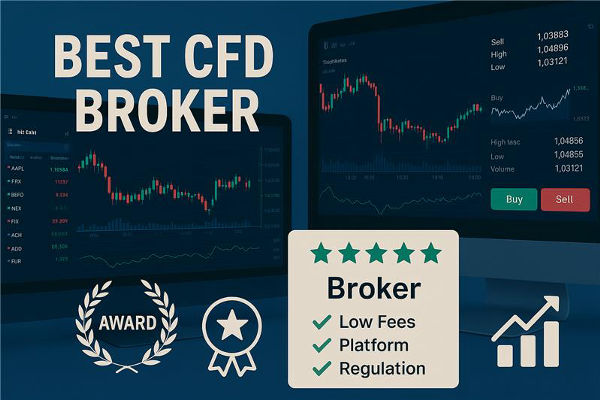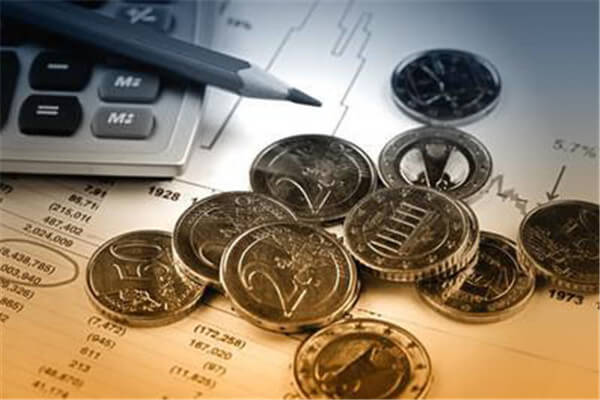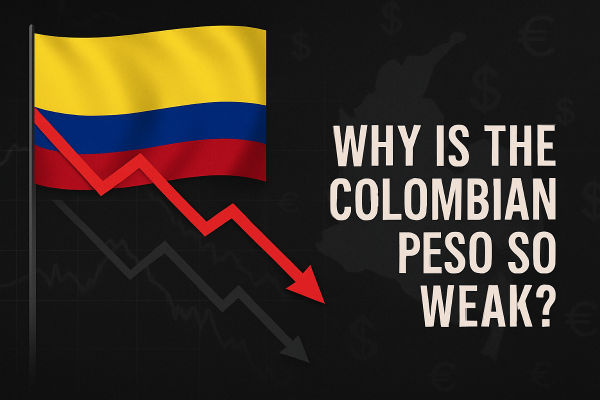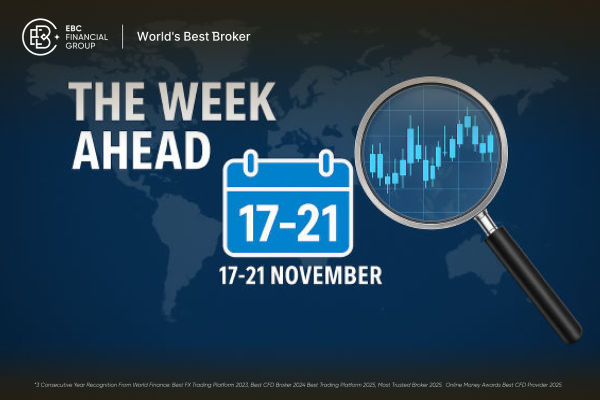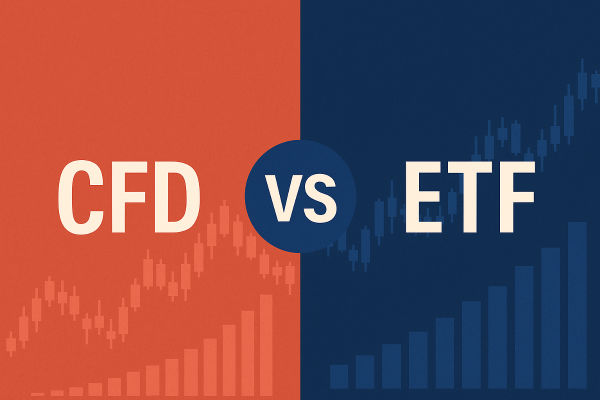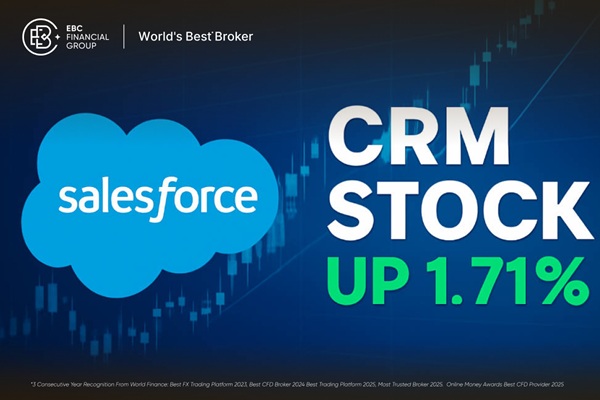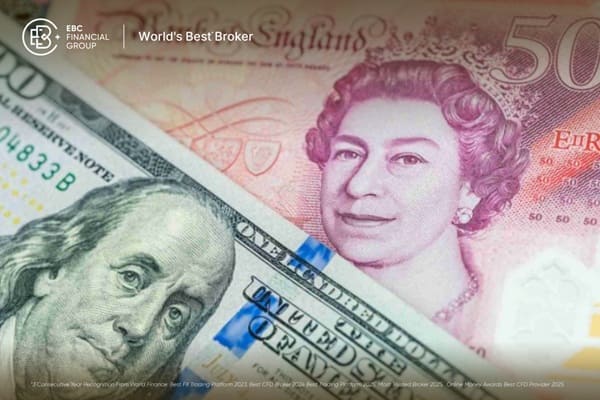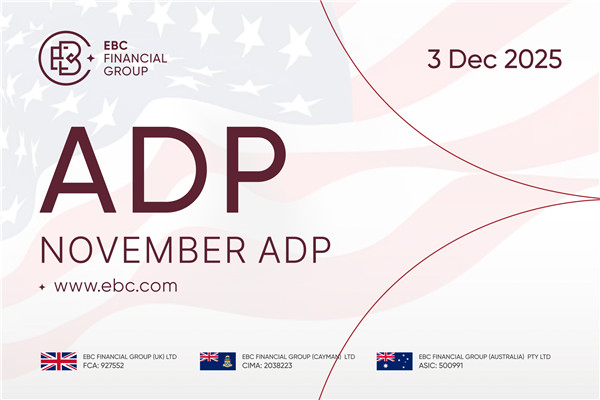Forex swap trading is a kind of financial derivatives trading, which refers to the transaction of exchanging two different currencies at the agreed exchange rate on an agreed date in the future. Forex swap trading are usually provided by banks or financial institutions to help enterprises or individuals avoid Foreign exchange risk.

Forex Swap Trading include the following:
1. Spread Swap Trading: refers to a transaction in which two different currencies are exchanged at an agreed exchange rate on a future agreed date. The characteristic of this type of transaction is that the spread is small and the transaction cost is low.
2. Interest rate swap trading: refers to the transaction of exchanging two different currencies with the agreed Interest rate swap on an agreed date in the future. This kind of transaction is characterized by avoiding Interest rate risk and obtaining higher interest rate returns.
3. Currency Swap Trading: refers to a transaction in which two different currencies are exchanged at an agreed exchange rate and quantity on a future agreed date. The characteristic of this transaction is that it can avoid Foreign exchange risk, and can also obtain higher exchange rate returns.
4. Currency Option Trading: refers to the transaction of exchanging two different currencies at an agreed exchange rate and quantity on a future agreed date. The characteristic of this transaction is that it can avoid Foreign exchange risk, and can also obtain higher exchange rate returns.
The main purpose of forex swap trading is to help enterprises or individuals avoid foreign exchange risk. Exchange rate fluctuations are an important risk factor in international trade and investment, which may lead to losses for enterprises or individuals in transactions. Forex swap trading can avoid Foreign exchange risk by locking the future exchange rate so that enterprises or individuals will not be affected by exchange rate fluctuations in future transactions.
In addition, forex swap trading can also help enterprises or individuals obtain higher exchange rate gains. If enterprises or individuals predict that the exchange rate will be beneficial to them in a certain period in the future, they can lock the exchange rate through forex swap trading, so as to obtain higher exchange rate gains in future transactions.
In addition, forex swap trading can also help enterprises or individuals avoid Interest rate risk. Interest rate fluctuations are also an important risk factor in international trade and investment, which may lead to losses for businesses or individuals in transactions. Interest rate swap transactions can avoid Interest rate risk by locking future interest rates so that enterprises or individuals will not be affected by interest rate fluctuations in future transactions.
In short, forex swap is a very important financial tool, which can help enterprises or individuals avoid exchange rate and Interest rate risk, and can also obtain higher exchange rate returns.












